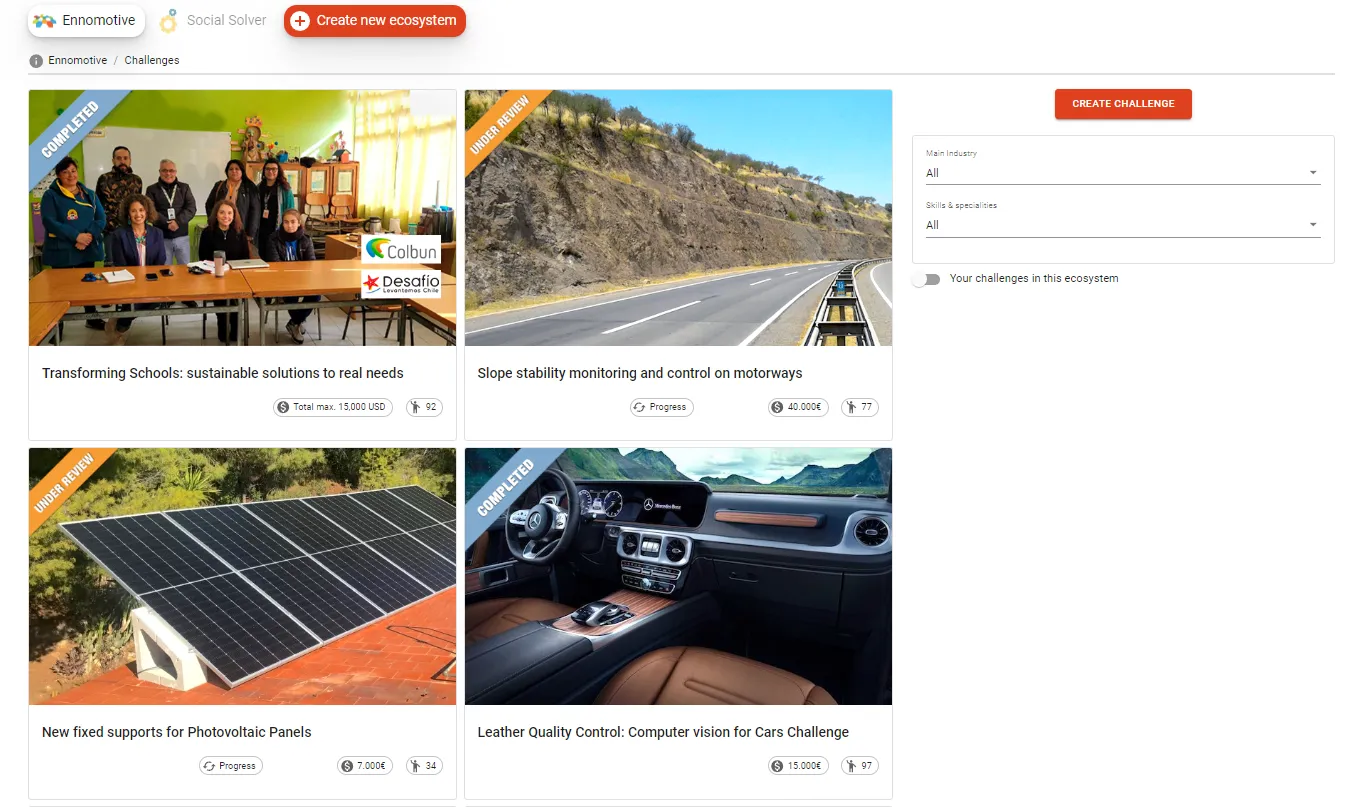Background
JC Logistics (name is disguised for anonymity) is a shipping company operating in Southern Europe. Its main activity is to move industrial products from point of manufacture (source) to point of use (destination). JC Logistics manages its own fleet but also uses external transportation companies or freelancers to execute the process.
When a customer asks for a service, JC picks up the products at the source and delivers them to the destination accordingly. The delivery lead-times or deadlines for shipments are usually based on the prior agreements between JC and its customers. The expectation from JC Logistics is to always deliver goods based on the agreed deadlines.
The challenge
For the most part, the delivery of goods from JC Logistics works smoothly. However, sometimes, the products don't always arrive on time. In such cases the customer contacts JC Logistics by phone or email and asks what is happening.
The challenge for JC logistics is to know about a delayed delivery in a proactive way and beforehand.
JC Logistics has tried to solve this issue by setting service level agreements for its outsourced carriers in terms of delivery and also require them to notify JC Logistics if there will be a delay beforehand. In order to accomplish this goal, transportation companies should set up a communication mechanism between the trucks and their central support system.
However drivers working for JC Logistics are not all full-time employees. Roughly 50% of such drivers are freelancers who are called to support the shipments once the demand arises.
Additionally, drivers usually speak different languages (the operational settings is Europe) and have difficulty working with complex IT applications. They also sometimes forget to enter the data or call the toll-free number that has been given to them in case of delays.
What JC Logistics is looking for
The ideal situation is a real time way of communication between trucks and JC Logistics:
- Know ahead of time if they are going to be able to meet the delivery targets on time.
- Notify customers as soon as a deviation in delivery arrival time is detected.
- Confirm deliveries.
The solution must be a detailed concept, may be technology-based and/or may even be of organizational nature and is designed in such a way that can also support such external collaborators.
Ideally, the solution can handle language and effort complexities associated with truck drivers or will be independent of the drivers. In this context, the idea of failsafe is very appealing: An example of a failsafe system is cash withdrawal from ATMs. The machines don't dispense the cash until the customer removes the card and therefore the risk of forgetting the card is minimized.
Submissions should be a 2-3 page response that includes the description of your proposed solution and your rationale to fulfill each evaluation criteria. You can use preferably images/diagrams to clearly demonstrate how the solution will work in action.
Some food for thought questions include:
- Can we use mobile apps in some way to resolve this issue?
- Some of the shipments are less than full truckloads: How does your solution address those scenarios.
- Maybe the solution is not technology based at all: How about incentives/penalties or other mechanisms?
Evaluation criteria
1. Addressing the issue
Your ideas should ensure that the problem of communication with the drivers and the customers is addressed given the complexity of truck drivers, multiple suppliers.
2. Innovativeness
We encourage you to come up with Innovative ideas, solutions that might not exist in the market. The degree of novelty is a factor in evaluation.
3. Feasibility
The solution:
- Does not affect the end-to-end service operations, in terms of efforts and process lead times.
- Enables a simple integration with JC Logistics Transportation Management System.
- Is simple for the truck drivers (usability, languages, source and destination info...)
- Affordable for freelancers or small transportation companies.



